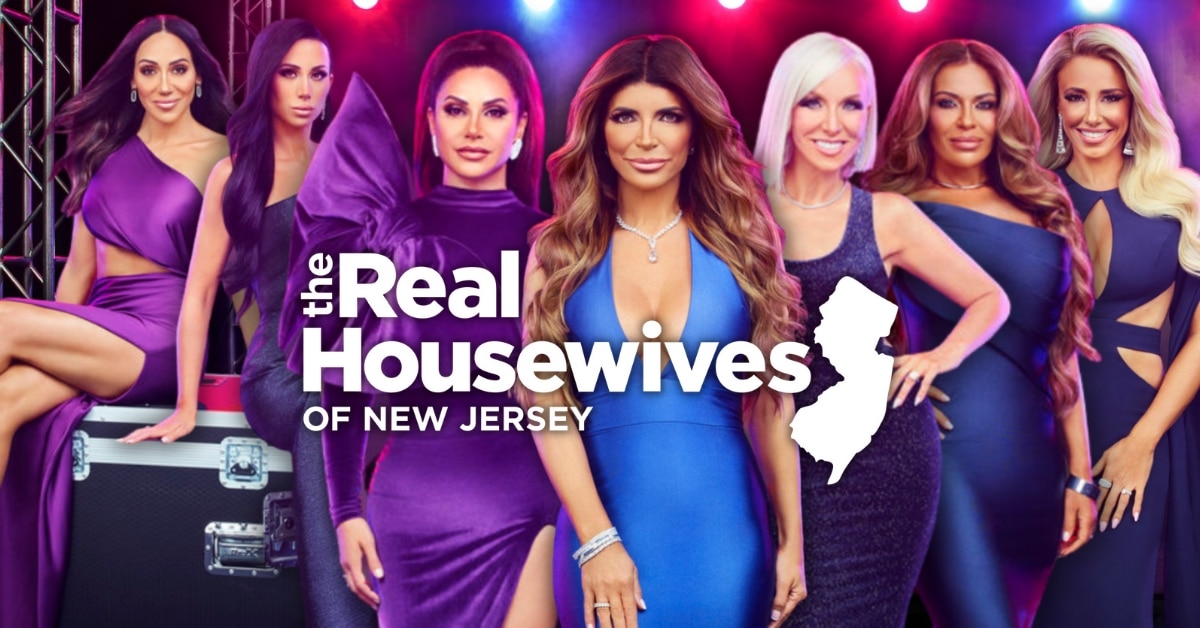If you’re a fan of the Bravo sphere, you’re probably noticing a theme in a few of the latest seasons of our favorite shows like Summer House, the Real Housewives of New Jersey, and Vanderpump Rules: conflict amongst co-workers. Conflict is a part of life, and it becomes more frequent when you’re exes that hate each other like Tom Sandoval and Ariana Madix from Vanderpump, or sisters-in-law who can’t stand each other like Teresa Giudice and Melissa Gorga from RHONJ. However, as co-workers, these “characters” are forced to be in each others’ lives.
Since most co-workers don’t make great TV from their conflict, it’s important for supervisors and managers to be equipped with the tools to turn conflict into coherence. It’s even more important for these same supervisors and managers to ensure that any potential conflict is not dipping into an equal employment (EEO) issue, like harassment or discrimination. If obvious tension between two employees raises a red flag where a supervisor or manager may suspect that employee behavior is violating company policy, it’s crucial to make sure that employees are aware of the company policy for filing a complaint. Aside from any EEO issue, below are some tools for the supervisor/manager’s toolbox when faced with disagreeing employees:
1. Neutrality. Since emotions are high when conflict arises, it may seem obvious, but it is important to maintain a neutral stance when approaching these issues. By remaining neutral, it sets the tone for the co-workers to set aside their emotions and be reminded of their professionalism. If you’re like me and understood the producers to be on Sandoval’s side during the finale episode of Vanderpump Rules, you can understand why this tool is important. Not only did the lack of neutrality from the producers irritate Ariana even more, but it turned into a snowball effect that irritated other co-workers like Lala Kent.
2. Common Ground. While it may be best to speak with the two employees who can’t stand each other individually prior to bringing them both in for a joint meeting, ajoint meetingwill provide you with the opportunity to hear from both sides and listen to how the other side reacts, which will usually help you identify the source of the problem. It will also give you the opportunity to ask the employees themselves what they have in mind for how the conflict can be resolved and to best make a game plan to move forward. As supervisor/manager, it would be a good idea at this meeting to remind the employees that work productivity is a priority, and their conflict cannot hinder that. If after this meeting you find that the conflict cannot be rectified, it may then be a good idea to consider organizational changes . . . like the RHONJ producers canceling the reunion.
3. Write It Down. Since allegations of EEO violations should be taken extremely seriously, it is important to document these heated relationships and what action the company takes to resolve them. Thoroughly documented investigations make things much easier down the road when an employee does allege violations like harassment or discrimination. Make sure to document each meeting with an employee where incidents of obvious conflict are discussed, and make sure to save each email where an employee lets you know of the same. A supervisor/manager should also document the meeting where he/she brings the employees together to discuss the conflict and have both employees sign off on the game plan moving forward.
4. Check In. It is easy to forget to follow up after a game plan has been established to see if the conflict has improved, but is it critical to do so. It may help to schedule future check-ins at the time a game plan is made to ensure that this step is not overlooked. The importance of this step can be analogous to the importance of a reunion for any season of a Bravo show. It provides the opportunity for the employees to reflect on where they stand and what needs to be done moving forward.
Company culture rests on how management handles situations like evident conflict between two employees. While it may feel silly to facilitate these types of conversations between two adult employees, when handled correctly, these are the situations that separate good work environments from bad ones. Unless you’re in the world of reality TV, it’s never a good idea to overlook workplace drama.
Hannah Yoder is a Senior Associate at FordHarrison.
The post <strong>EntertainHR: Why it’s Never a Good Idea to Overlook Workplace Drama</strong> appeared first on HR Daily Advisor.
